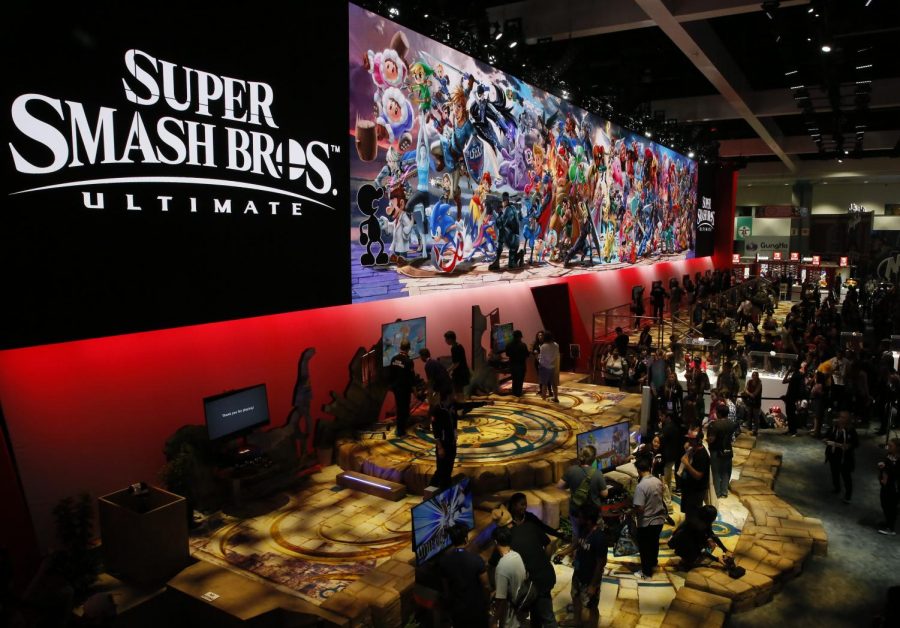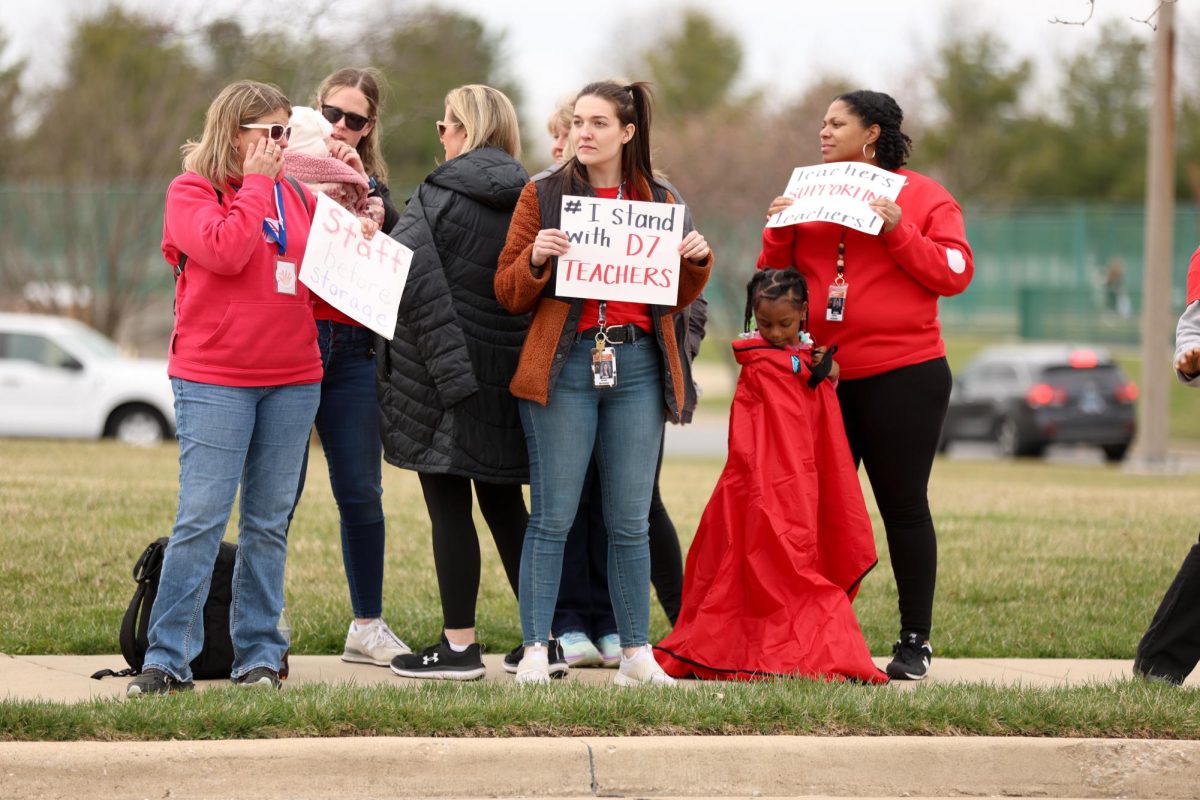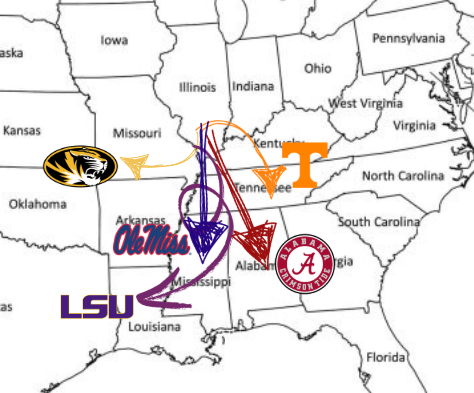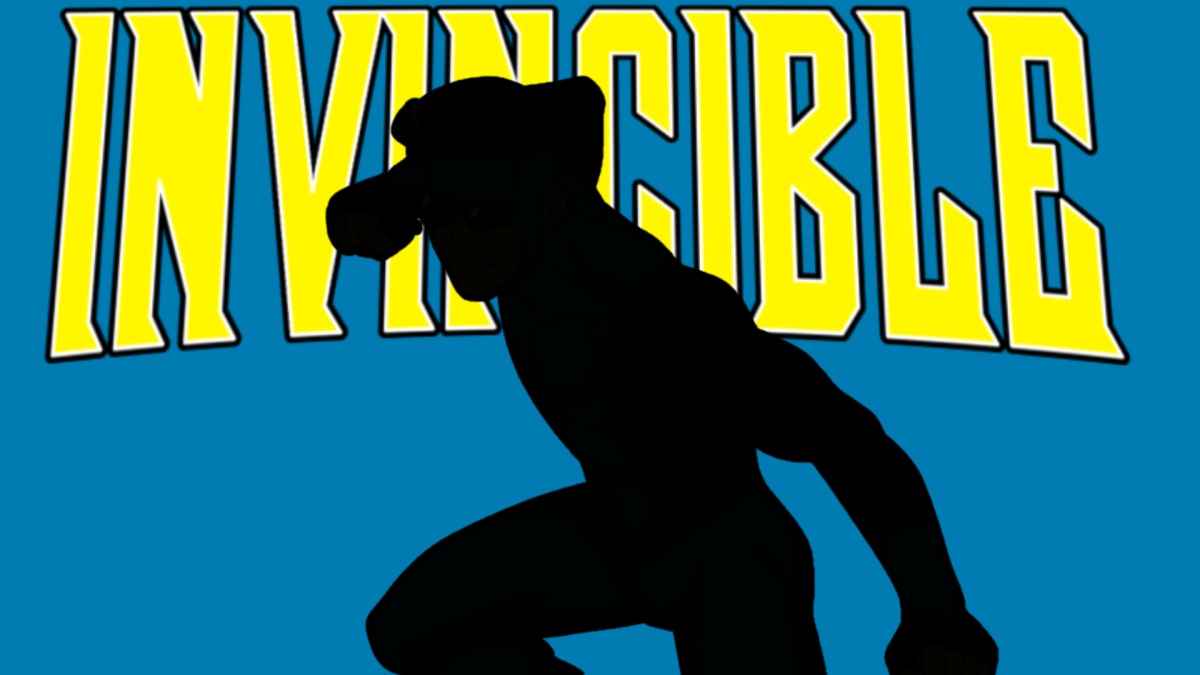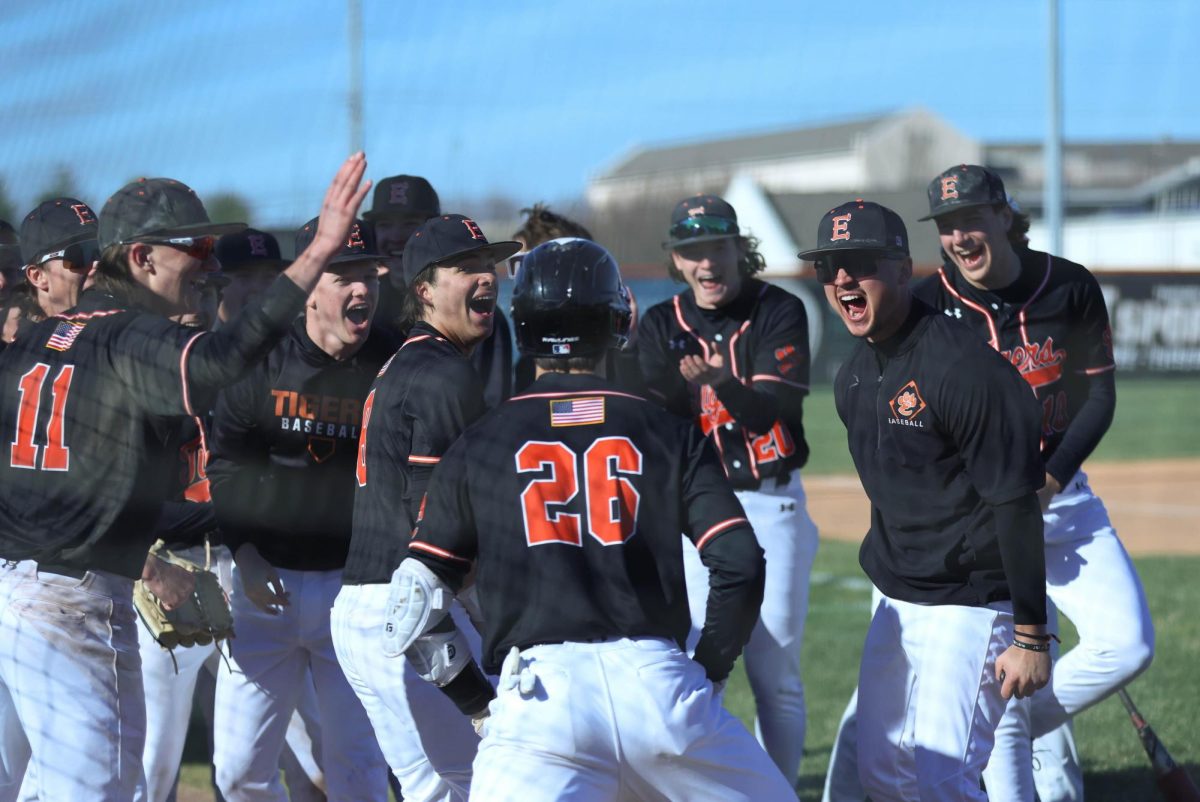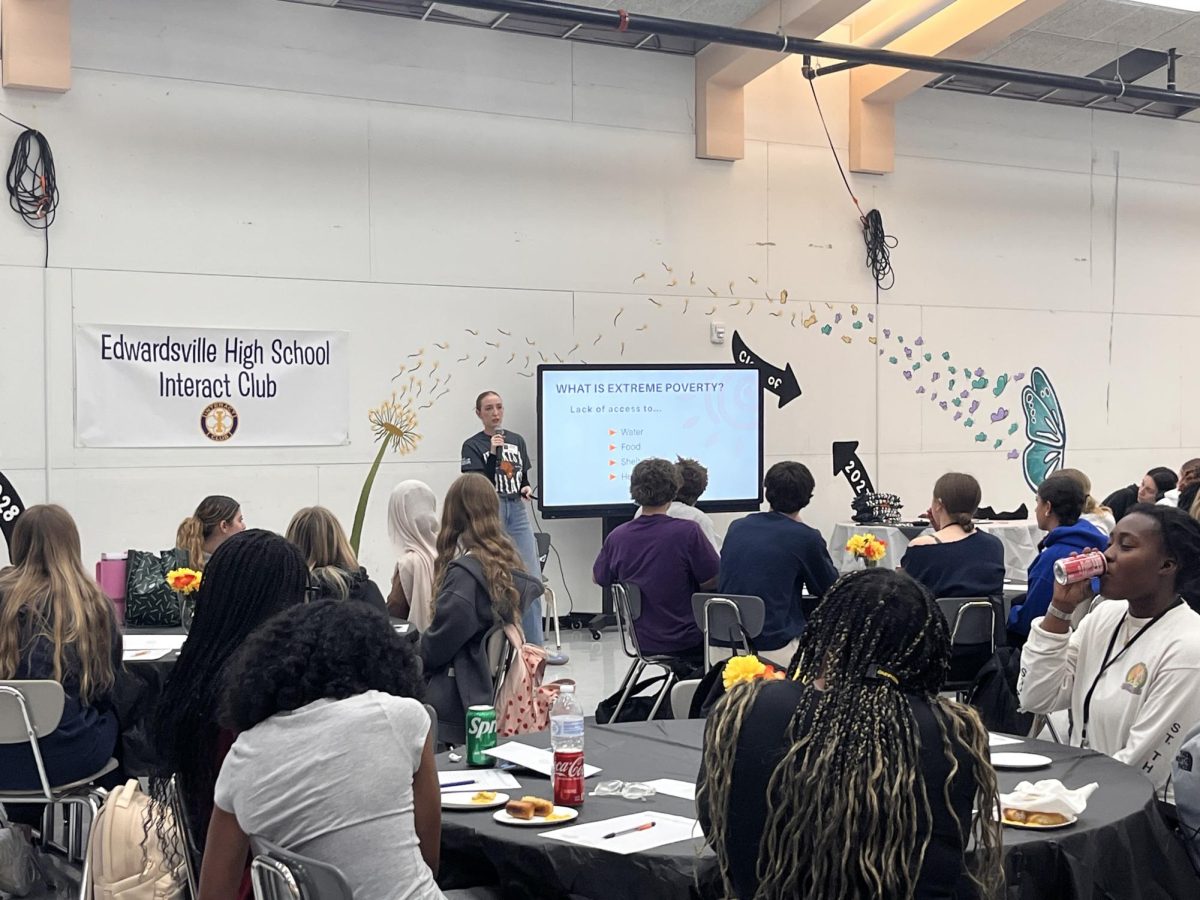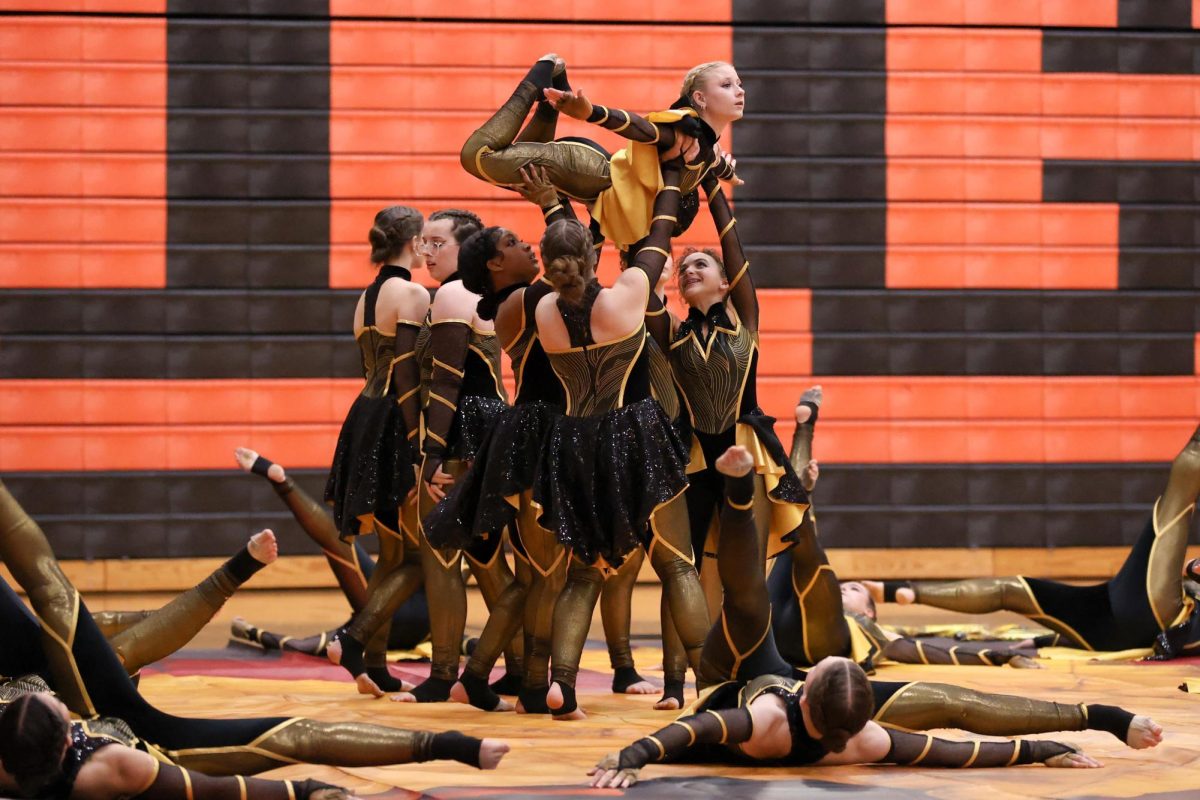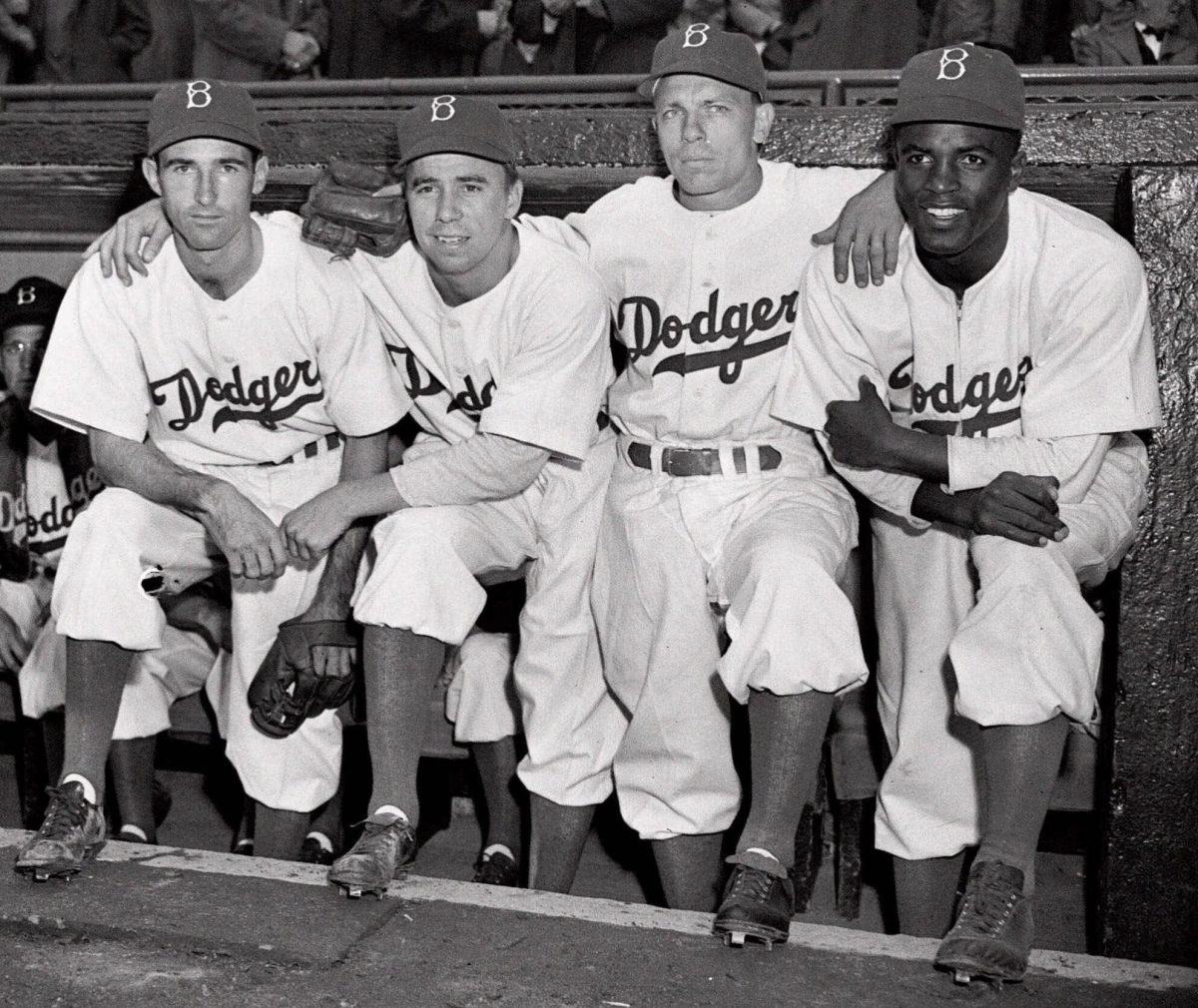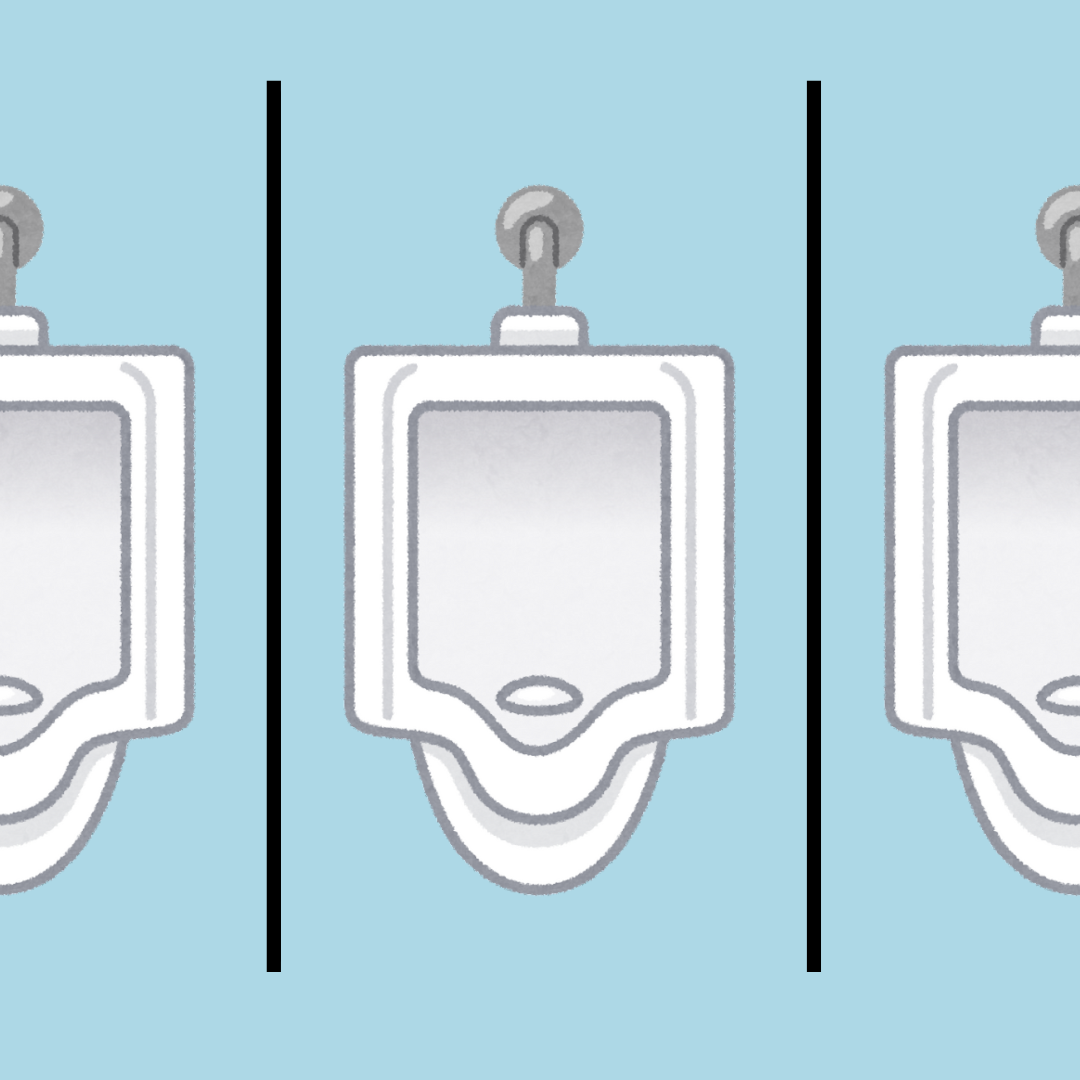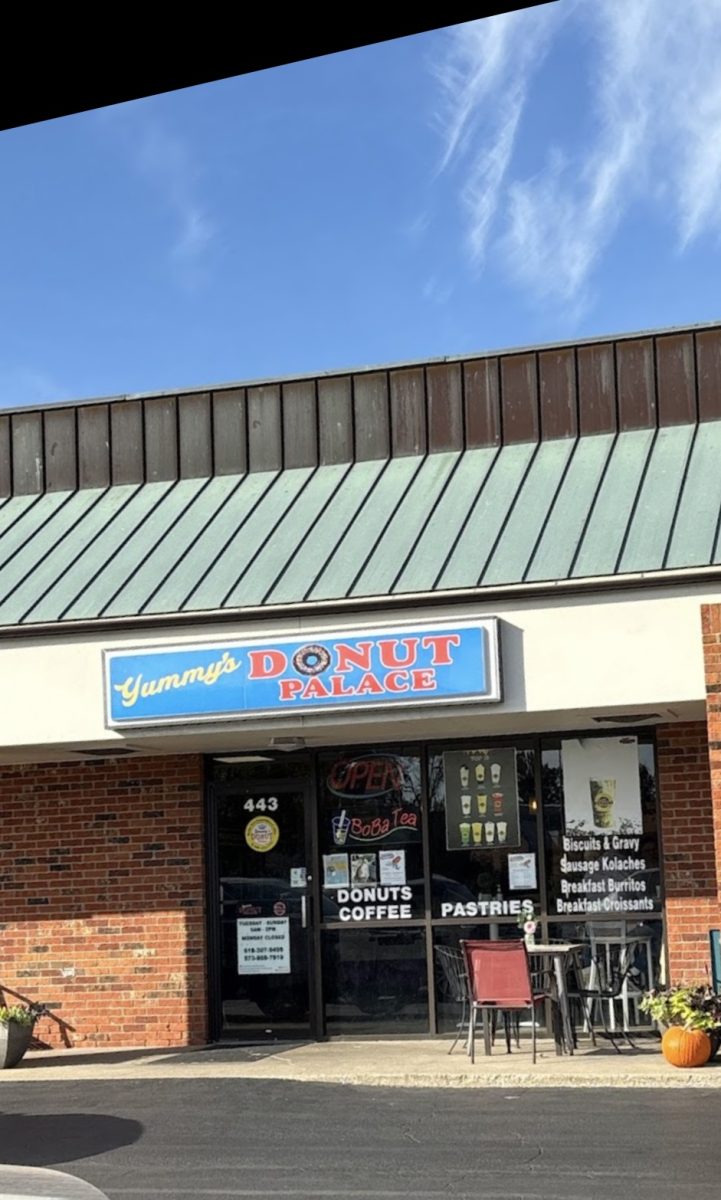The History of Smash and how Ultimate is Uniting a Community
March 13, 2019
Thirty-four year old Guy Church, now known by his gamertag “Vynomer,” headed to his dad’s house to meet his brother on a sunny April day back in 1999. When he got there, in his brother’s hands was a new game for the Nintendo 64: “Super Smash Bros.”
As they started the game, Vynomer was greeted with a hand on the screen, grabbing a familiar character in Mario, then Pikachu, and setting them on a desk. Suddenly, the desk transformed into what appears to be an elaborate fighting stage, and the rest of the game’s 12 characters are introduced.
Vynomer was instantly intrigued, and he and his brother went on to play for hours.
“This multiplayer brawler where you got to play as your favorite Nintendo players was simply intoxicating,” Vynomer said. “The emphasis was on knocking them out of the ring, rather than simply beating them to death. It was something new, and I was hooked.”
Most of the world felt the same way, and one of the biggest game franchises was born. But the competitive scene for 64 was not established yet. It was a casual party game. People played it with their friends for fun. That all changed in 2001 when Nintendo released the game that made smash what it is today: Super Smash Brothers Melee for GameCube.
Upon its release, Vynomer rushed to his local gaming store.
“I knew I had to get it,” he said. “We spent a ton of time the first day unlocking everything.”
The game quickly caught fire and people started to get competitive.
Jordan Fruin, a 30-year-old melee player from O’Fallon, Mo., who is known today by his tag “Hylian,” started playing the game casually upon release with his high school buddies. He was losing a lot and wanted to get better.
“I started searching the internet and found smashboards,” Hylian said. “I thought all the advanced stuff I didn’t know was really cool so I started going to tournaments.”
And much like other first-time players, he had a rough time in tournaments.
“Oh, it was really bad,” he said. “I was either last or close to it for about a year.”
But Hylian continued to practice and began dominating the local scene, winning tournaments in St. Louis and throughout the metro east. He knew he had a gift, and he wanted to take his skills to the next level. And with the Melee scene gaining popularity, it was relatively easy. Turnouts at locals were nearing the 40s, and boy was it competitive.
“Everyone wanted to win,” Hylian said. “I remember when one of my buddies lost to Zguh, who was one of the top players at the time, and he slammed his controller. Melee just brought out the competitive fire in people.”
Hylian started competing in national tournaments, and in 2009 he ended up placing 13th at Apex, a national tournament in Princeton, N.J., which featured smash legends like Mew2King and ChuDat.
“I beat Kos-Mos who had beaten me a lot previous to get 13th so that made me pretty happy,” he said. “Nationals then were nowhere near on the scale they are today, but it was still a major accomplishment.”
With the Internet becoming more and more accessible and streaming services on the rise, Melee was heading to a full-on international competitive scene unlike any other game.
The competitive scene started on the east coast when players like Chillin’ Dude, Azen and ChuDat picked up the game and started hosting local tournaments. And the game was picking up out West. When the West coast claimed they were better at the game, it started the famous rivalry: East Coast vs West coast.
In early tournaments, the West coast, headed by melee legends Ken and Izai, was dominating the scene. They traveled all across the country to show off their talents.
“We were on a quest to go to as many tournaments as we could and support each other,” Ken, the undisputed greatest melee player of all time said in an East Point Pictures Documentary. “After we would win a tournament, we’d spend the money to travel to the next.”
In 2004, the scene was starting to become more than just a game, but a business opportunity. And a new company, Major League Gaming took melee under its wing.
“They had a legitimate amount of prize money with these extra goodies,” Chillin’ Dude said in the documentary. “They had all these hot chicks lined up. We felt like superstars.”
And in 2005 MLG launched a full on pro circuit with tournament locations in Chicago, New York, Anaheim and the finals held in Las Vegas.
It was the first competitive national scene, and it changed the smash scene forever. Melee continued to push forward and there are still national tournaments held today.
EHS senior Samuel Martin, know as “Soobly” competitively, started playing Melee in 2011 casually. Then in 2016, Soobly started playing more frequently and sought out the competitive scene.
“The game was meant to be for party play with friends but as it went on more and more people started learning about little mechanics like wavedashing,” he said. “I always loved how the game was competitive but kept people together especially when you went to tournaments.”
In 2008, the franchise released its third game, Super Smash Brother Brawl. While there was still a decent scene around the game, many melee fans were not pleased.
Blank, a competitive melee player rushed to the store upon release and held a Smashfest at his house.
“We’re playing it, and we’re playing it, but it just didn’t feel right,” he said in the documentary. “It was so slow and not what I expected at all.”
Melee players called it “sissy smash.” Mechanics like tripping were frowned upon and the game just lacked the competitive fire that made melee so great.
After a few months, it became clear that the engine was designed to reward defensive play. There was little room for combos and match play wasn’t exciting.
“Brawl sucked,” Hylian said. “While there was still a small competitive scene for it us melee players didn’t like it. It was absolutely the most irrelevant game of the series.”
Nintendo never backed much of the competitive scene, and with brawl being slow and boring, it seemed like they were trying to make it uncompetitive.
However, they made improvements and came out with a new part to the franchise in 2014: Super Smash Brothers 4.
The game was faster, included 58 characters and just had a better feel.
“The game was still a little bit slower,” Soobly said. “I liked the aspect of modern smash but it still felt really geared toward casual players.”
Still, the competitive scene took the game and made another smash legend: Zero.
The Chile native moved to the states to make a money back home and was a natural at the Melee. When the scene for Smash 4 began, he quickly jumped on the opportunity.
Zero went on to win over 100 majors, including a 56 tournament win streak. He was undoubtedly the best Smash 4 player of all time most notably won the MLG World Finals in 2015.
Smash 4 never drew any major attention for melee players who wanted a faster paced game. Nintendo knew that if they were going to continue the game’s success they needed to speed up the game, and make something new.
And on Dec. 7 of this year, the franchise released their newest rendition: Super Smash Brothers Ultimate. The game had drawn substantial attention even before the release. A game with 73 characters! You’d never get bored.
“The sheer number of characters and the almost mind-boggling amount of balance is a wonder to behold,” Vynomer said. “I’ve enjoyed every game in the series, but the inclusion of all the former fighters was just an amazing feat.”
Ultimate also features many technical changes like edge trumping, directional air dodges, short hop shortcuts and a few other mechanics that are great additions and make the game run smoothly. Best off all, there’s cooler combos, and who doesn’t love that.
“I see names that historically sat in Melee showing up in Ultimate tournaments,” Vynomer said. “That seems like a huge step in the right direction.”
In early February, the world’s best players gathered in San Francisco for Genesis 6, the first major Ultimate tournament, and in attendance were melee legends like Leffen, Armada, Mango, Plup and Mew2King.
Leffen even ended up placing in the top 16 of the tournament, showing that melee players were back. And Ultimate even revived one of the local legends: Hylian.
“I’m not very good but the game is so much fun,” he said. “This is the closest Nintendo is ever going to get to Melee. They did the community right.”
Local tournaments have averaged over 40 players including EHS students, Steven Chuvala, Kaleb Beeler, Ryan Ash, Alex Wernex and others.
“I really enjoy going to tournaments,” Beeler said. “Everyone you meet there is super friendly and it’s always a good time.”
Overall, Ultimate has united the community. Melee players are playing. Brawl players are playing. Smash 4 players are playing.
And with all the players united, Ultimate looks to be a game of the ages.
“It’s a great game,” Soobly said. “I think it’ll be around for a long, long time.”


